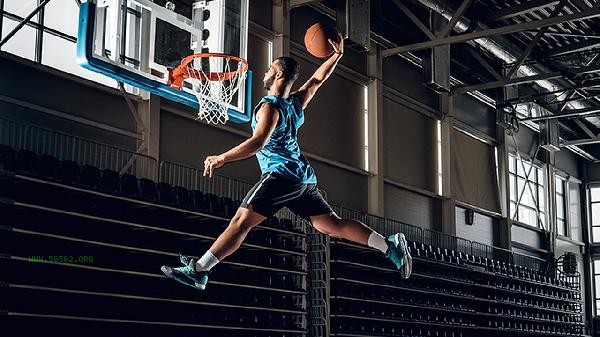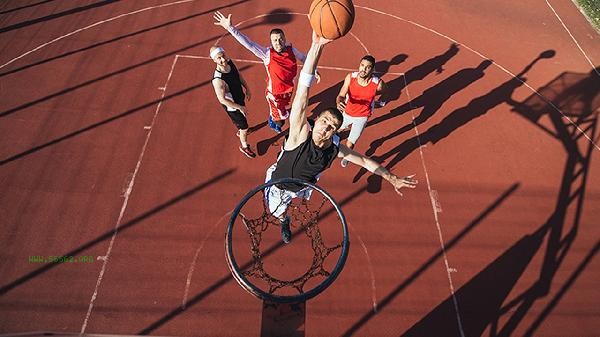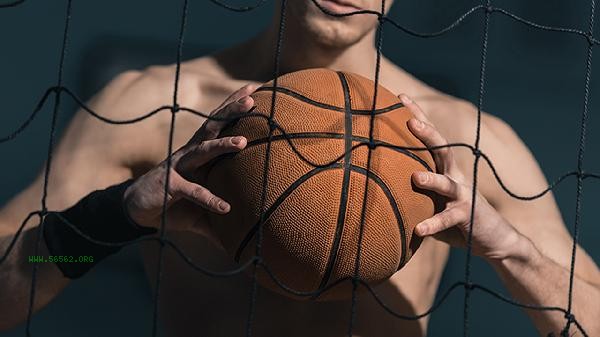Basketball can exercise multiple parts of the body, including lower limb muscles, core muscle groups, upper limb strength, and cardiovascular function. The main exercise effects of basketball on the body include increased explosive power, enhanced coordination, endurance training, improved reaction speed, and improved flexibility.

1. Increased explosiveness
Frequent jumping, changing direction, and sprinting in basketball can effectively exercise lower limb explosiveness. The takeoff dunk and rebounding movements mainly rely on the quadriceps and triceps muscles in the front thigh to exert force, and repeating these movements can enhance the rapid contraction ability of the muscles. The kicking action during rapid breakthrough can stimulate the gluteal and hamstring muscles, and long-term training can significantly improve vertical jumping height.
2. Enhanced Coordination
When dribbling and breaking through, hand eye coordination is required, and shooting requires synchronized upper and lower limb movements. This multi joint coordinated movement can significantly improve the nervous system's ability to control muscles. The sliding movement during defense requires maintaining body balance, while the turning and passing movements test the rotation of the torso and the coordination of footsteps, all of which can comprehensively improve body coordination.
3. Endurance Training
Running and switching between offense and defense throughout the game require high cardiovascular function, and a 40 minute competition is equivalent to intermittent aerobic exercise. The fast turnaround running can enhance anaerobic endurance, while long-term low-intensity running exercises aerobic metabolism. This hybrid energy supply method can comprehensively improve the functions of the cardiovascular and respiratory systems.

4. Improved reaction speed
When stealing, it is necessary to quickly determine the passing route, and blocking shots relies on instant reactions, which can train neural reflex speed. Predicting the opponent's movements during defense requires the brain to quickly process visual information, and testing emergency response abilities by passing through time changes. Long term training can shorten nerve conduction time.
5. Flexibility Improvement
A large layup stretch can stretch the shoulder and hip muscles, and a low position during defense can enhance knee joint flexibility. The buffering action during sudden stops and directional changes helps improve ankle joint mobility, while upper limb extension during shooting can improve shoulder joint flexibility. These actions can prevent sports injuries and expand joint range of motion. As a whole-body exercise, basketball is recommended to be played 3-4 times a week for 30-60 minutes each time. Warm up thoroughly before exercising, focusing on the ankle, knee, and wrist joints. Timely replenishment of water and electrolytes after exercise can be combined with protein foods to help with muscle repair. Middle aged and elderly players should pay attention to controlling their exercise intensity and avoid sudden stop and turn movements. Teenage players can strengthen their basic movement training and gradually increase their exercise load. Long term adherence to basketball exercise can not only shape a symmetrical body shape, but also comprehensively improve physical fitness.









Comments (0)
Leave a Comment
No comments yet
Be the first to share your thoughts!